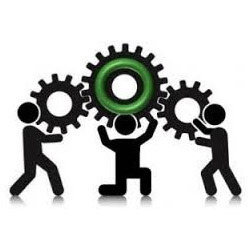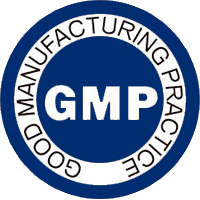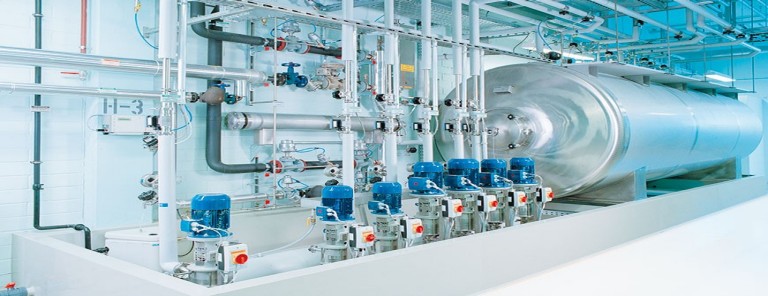Many people interchange hazard and risk on a daily basis. Unfortunately, they are actually two different concepts. The difference may not be as much as an issue for the everyday conversation, but when it comes to risk assessment and control, it is extremely important. Below you will gain a better understanding of the difference between the two and why the difference is so important.
The basic difference is that a hazard is something that will cause harm, while a risk is the possibility that a hazard may cause harm. Although they are used synonymously, knowing the difference could save your life or allow you to enjoy it more thoroughly.
In essence, a hazard will not be risky unless you are exposed to enough of it that it actually causes harm; the risk itself may actually be zero or it may be greatly reduced when precautions are taken around that hazard.
The simple relationship between the two is that you have to have exposure to a hazard to experience a risk. Thus, it is vital that you know the level of exposure you are going to have to the hazard to better understand how much risk is actually involved.
Risk Assessment Methods
There are a variety of risk assessment methods for the various categories. When it comes to the difference between hazard and risk, several categories may use different measurements and methods. As an example, the way risk is assessed in human health may be different from the risk assessment for project management.
Why Use a Risk Assessment Method?
A risk assessment is a tool used to determine the potential results from any given hazard. The assessment uses a combination of situational information, previous knowledge about the process, and judgments made from the knowledge and information.Since the risk is the potential damage done by a hazard, there are certain outcomes that any good risk assessment needs to have.
There are six main outcomes that are needed to have an effective risk assessment. By the end of the assessment you should know:
- Any situations that may be hazardous
- Which method is appropriate to use when determining the likelihood the hazard will occur
- Alternative solutions for reducing and eliminating the risk or any negative consequences the may occur
- More information for making a decision about risk management
- Estimation for the uncertainly of the analysis
Steps of a Risk Assessment
Step 1: Discover the hazards. You can do this by using several different strategies such as walking around the area, navigating through portfolios and databases, or asking people who are around.
Step 2: Determine who may be harmed and how they may be harmed. After discovering the hazards you will need to determine who may be harmed by them, as well as how they may be harmed.
Step 3: Analyze the amount of risk and how you can control them. You may find that you can simply remove the hazard. If not, then decide which control method will be best to use to reduce the amount of risk.
Step 4: Document your assessment and results. It is important that you document what you find. This is done for legal reasons to protect you, the location, and any possible persons that may be involved. You also want to be sure that you write down your next plan of action – what control measures you are going to take.
Step 5: Regularly review and update your assessment. It is great to think that once the hazard is gone that all risks of harm are gone. This is not true. In some cases the hazard may return and in other new hazards may develop. Regularly checking will keep you and everyone around safe.
Risk Control Methods
Knowing the difference between hazard and risk leads to risk control. Risk is controlled when your business takes actions that help eliminate safety risks as much as you are able to do so. If it is not possible to completely eliminate the risk, controlling your risk may mean that you are taking actions to minimize the risks and hazards within the work environment.
There are four main methods that can be used to eliminate or minimize these risks – avoidance, loss prevention & reduction, transfer, and acceptance.
1. Avoidance
This is by far the easiest way to control any risk. When you decide to use this method, you find all possibly hazardous activities and stop them. It is important that you remember when choosing this option you may also miss out on other opportunities and gains.
2. Loss Prevention & Reduction
Using this method you will reduce the frequency and severity of a specific loss. You may decide to increase security measures or improve maintenance, or you may create rules that require your employees to wear certain safety gear.
3. Transfer
When you choose this method you will create a contract with a third party to deal with that risk. A couple great examples would be hiring a security company to improve security or hiring a cleaning crew to ensure health hazards are cleaned up.
4. Acceptance
This last method is not to be taken lightly. When you feel that transfer or loss prevention & reduction methods are not necessary or are too excessive, this may be the option for you. However, it is important that you understand this could possibly be dangerous for your company. Undergoing too many losses or enduring too many negative consequences can quickly sink your business.












Recent Comments